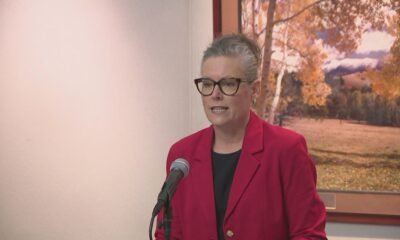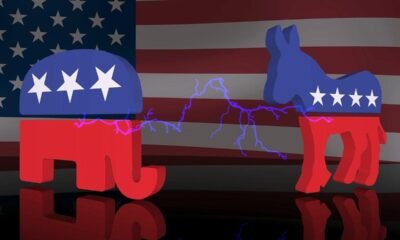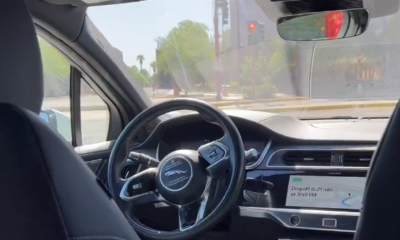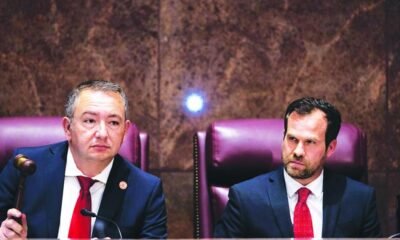Business
Hobbs Unveils Ambitious Agenda for Collaboration with Arizona’s Tribal Nations
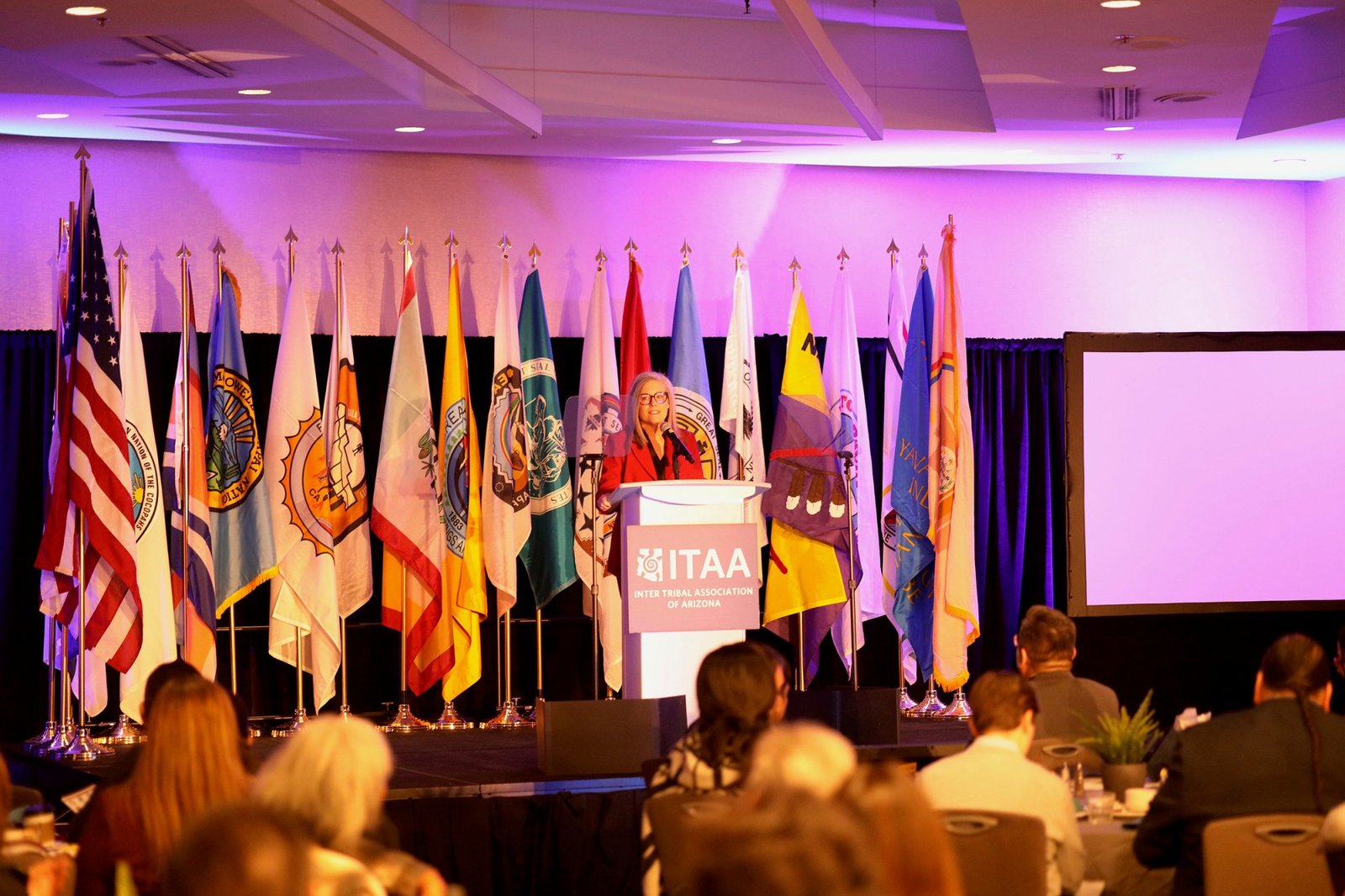
As the new legislative year kicks off, Governor Katie Hobbs sets her sights on Arizona’s 22 Tribal Nations, which encompass 28% of the state’s land. Indigenous people represent about 6% of Arizona’s population, making their inclusion in state governance crucial.
In a recent interview, Hobbs voiced her frustration regarding the marginalization of tribal communities. “Our tribal communities are ignored so much,” she stated, referencing her past efforts to reduce voting barriers as Secretary of State.
Hobbs emphasized the importance of involving tribal leaders early in discussions rather than as an afterthought. “When I became governor, I knew it would give me more ability to work with tribal communities,” she explained.
Historically, Arizona’s tribes have fought to assert their place in policy-making, influencing areas like voting rights, tribal gaming, and water negotiations. Hobbs noted that previously, the state’s relationship with tribes felt transactional, where leaders were asked, “What can we get from you?”
“Water, infrastructure—these issues affect all communities, not just Maricopa County,” Hobbs added, underlining the necessity for tribal voices in legislative processes.
In her recent Tribal State of the State address, Hobbs spotlighted her administration’s commitments to Arizona’s tribes. She is among the few governors to engage directly with tribal nations during these addresses, which signals a shift in focus.
During her address, delivered to Indigenous leaders on January 15, she reiterated her goal of uniting efforts to realize an “Arizona promise” that acknowledges the contributions of tribal nations.
Navajo Nation Speaker Crystalyne Curley applauded Hobbs for her consistent support, reflecting on successful collaborations from the previous legislative session.
Among the achievements highlighted were the continuation of the Governor’s Office on Tribal Relations, historic water settlements, and initiatives promoting Native-owned businesses and broadband access. “I know this is not enough,” Hobbs conceded. “Investing in tribal communities will continue to be a priority.”
Gila River Indian Community Governor Stephen Roe Lewis commended the partnerships fostered under Hobbs. A significant project includes the widening of Interstate 10 through the Gila River Indian Community, showcasing joint advocacy efforts to secure funding.
Hobbs portrayed this collaboration as a “historic best practice” for tribal-state relations. “This project will ease congestion and improve safety for generations,” she asserted.
The governor underscored critical commitments during her address, particularly the plight of missing and murdered Indigenous peoples (MMIP). Hobbs established a task force focused on addressing this ongoing crisis.
In 2023, over 188,000 individuals went missing in Arizona, many not qualifying for Amber Alerts. “Tribal communities deserve the same resources as everyone else,” Hobbs stated, announcing efforts to develop a Missing and Endangered Persons Alert Code.
Representative Teresa Martinez is sponsoring House Bill 2281, aimed at creating a dedicated alert system for missing Indigenous peoples.
Hobbs also addressed the issue of fraudulent sober living homes that have inflicted harm on Indigenous communities. In response, her administration is enforcing stricter regulations and has proposed a $7 million investment to establish a Sober Living Home Tribal Response Fund.
This fund will aid tribes in developing culturally responsive behavioral health services, collaborating with all 22 federally recognized tribes in Arizona—an approach Hobbs sees as essential for addressing health disparities.
Further priorities include funding for broadband access, support for the repatriation of Native human remains and artifacts, and respect for tribal sovereignty. “Realizing the Arizona Promise is impossible without respect for tribal sovereignty,” Hobbs concluded, emphasizing that such respect is vital for building a prosperous future.
